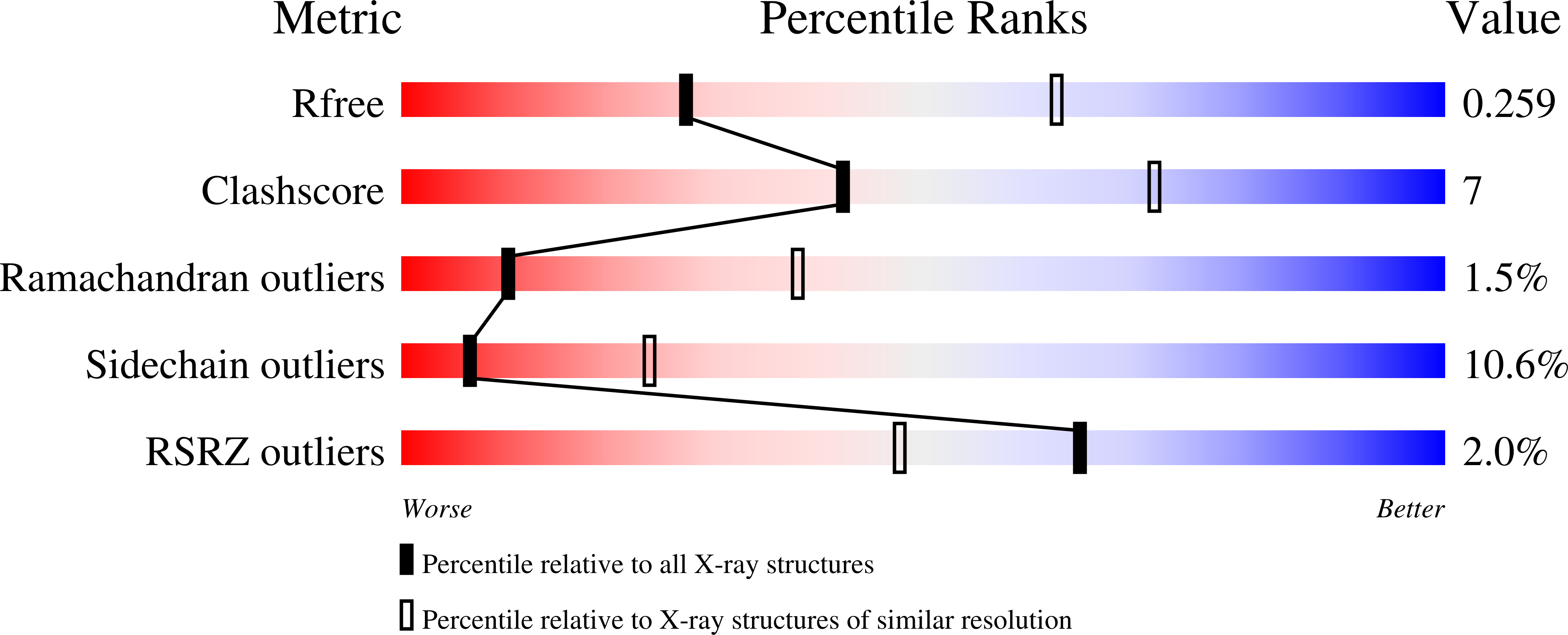
Deposition Date
2020-11-12
Release Date
2021-08-18
Last Version Date
2024-10-16
Entry Detail
PDB ID:
7AYE
Keywords:
Title:
Crystal structure of the computationally designed chemically disruptable heterodimer LD6-MDM2
Biological Source:
Source Organism:
Homo sapiens (Taxon ID: 9606)
Shigella dysenteriae Sd197 (Taxon ID: 300267)
Shigella dysenteriae Sd197 (Taxon ID: 300267)
Host Organism:
Method Details:
Experimental Method:
Resolution:
2.95 Å
R-Value Free:
0.25
R-Value Work:
0.19
R-Value Observed:
0.20
Space Group:
P 43 2 2


